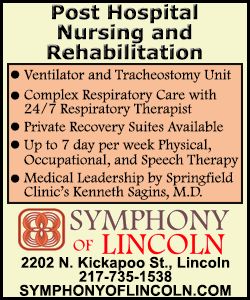|
 While most people with concussions recover quickly the symptoms can
sometimes last for days, weeks or longer. According to the Center
for Disease Control, recovery may be slower among older adults,
young children and teens. Those who have had a concussion in the
past are also at risk of having another one and may find it takes
longer to recover if they have another concussion. And one of the
most important parts of recovery is knowing when it’s time to return
to your usual routine or sport. While most people with concussions recover quickly the symptoms can
sometimes last for days, weeks or longer. According to the Center
for Disease Control, recovery may be slower among older adults,
young children and teens. Those who have had a concussion in the
past are also at risk of having another one and may find it takes
longer to recover if they have another concussion. And one of the
most important parts of recovery is knowing when it’s time to return
to your usual routine or sport.
“If an individual suffers a second concussion prior to healing from
the first one, a rare but potentially fatal condition called
second-impact syndrome (SIS) can occur. It’s important to take
concussions seriously which means not returning to sports until
symptoms resolve. A baseline concussion test can more accurately
help determine an appropriate time to return to sport,” said Todd
Mourning, Doctor of Physical Therapy and manager of the ALMH
rehabilitation department.

Abraham Lincoln Memorial Hospital is offering a free 35- minute
neurocognitive test for FREE this summer to help protect local
athletes. The ImPACT concussion testing program is a
researched-based, scientifically proven method of concussion
management.
[to top of second column] |

Any athlete over the age of 10 is encouraged to take the free,
computerized tests that are being facilitated by ALMH ImPACT trained
athletic trainers. The test is required for incoming LCHS freshmen
athletes. Children aged 10-14 are encouraged to be tested annually.
Funding for the tests is provided by the Abraham Lincoln Healthcare
Foundation and will take place at Lincoln Junior High School in
Lincoln.
To sign up for the test, parents and athletes should call the
ALMH rehabilitation department at 217-605-5500. On test day,
individuals should not have any physical activity prior to the test.
If an athlete is injured, the test is taken again and the results
are compared to determine when the athlete can safely return to
sports.
[Angela Stoltzenburg, Abraham Lincoln
Memorial Hospital] |